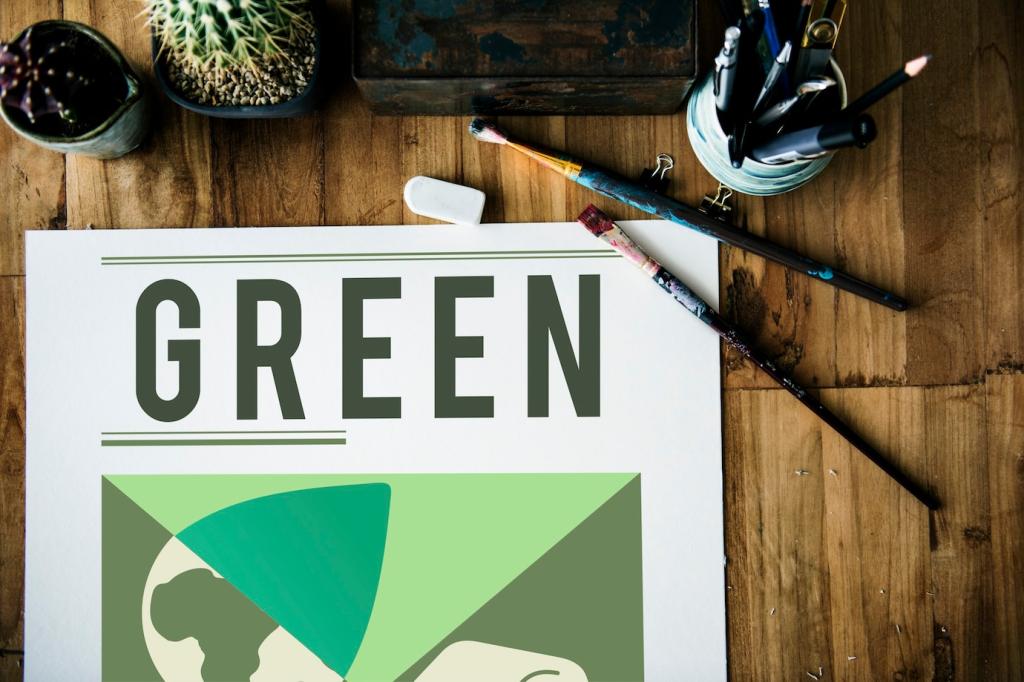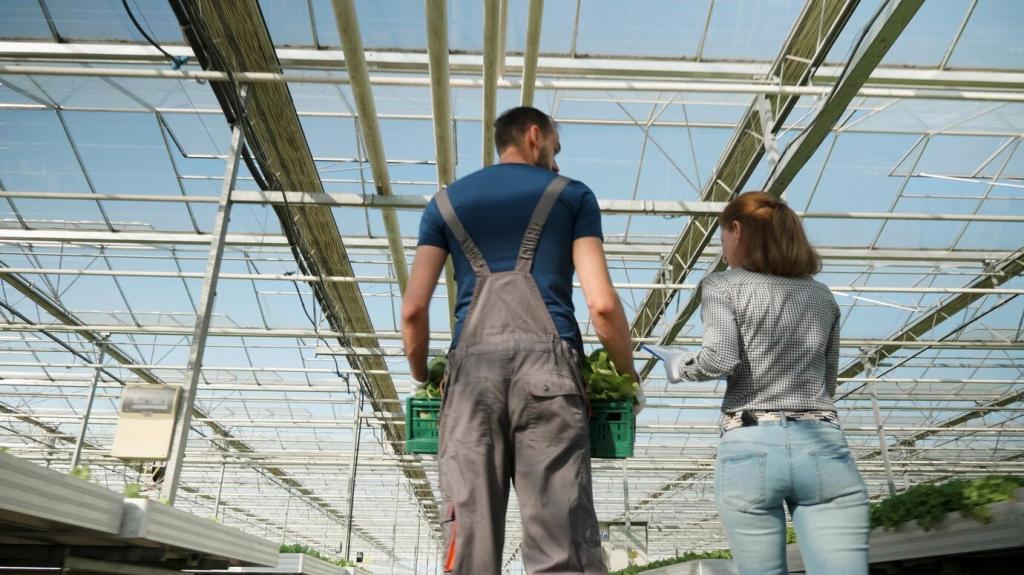Green Practices for Leather Furniture Maintenance
Choose pH-balanced, plant-derived cleaners
Use a pH-balanced, plant-derived leather cleaner that is certified low-VOC and fragrance-free. Avoid ammonia and bleach. Test on a hidden spot, then wipe gently with a slightly damp, lint-free cloth to lift grime without stripping finishes.
Rely on reusable cloths instead of disposables
Swap paper towels for microfiber or soft, washed cotton cloths cut from old T-shirts. They grab dust efficiently, reduce lint, and can be laundered dozens of times, slashing waste while keeping leather surfaces clean and conditioned.
Light, frequent maintenance beats heavy scrubbing
Dust weekly and quickly wipe spills to prevent set-in stains. Gentle, frequent care reduces the need for stronger products later, conserving cleaner, water, and energy while preserving the leather’s natural feel and breathability.

Water-Wise Cleaning and Humidity Care
01
Damp, not soaked, is the golden rule
Use a lightly dampened cloth—never dripping—to lift dirt without oversaturating. Excess moisture can warp cushions and encourage mildew. Follow with a dry wipe to remove residual dampness and protect stitching from unnecessary stress.
02
Manage spills quickly with gentle blotting
Blot, do not rub, using a clean, absorbent cloth. Quick attention prevents deeper penetration and reduces the need for stronger cleaners later. Keep a dedicated, washable cloth nearby for fast, low-impact incident response.
03
Balance room humidity for natural suppleness
Aim for moderate indoor humidity, around the comfort range most homes maintain. Simple, passive methods—indoor plants and proper airflow—help leather resist drying or swelling, minimizing extra conditioning and lowering energy use for humidifiers.
Low-VOC Choices and Healthier Indoor Air
Prefer low-VOC, fragrance-free formulations
Fragrance can mask harsh solvents. Select low-VOC, fragrance-free leather care made with transparent, biodegradable ingredients. These reduce headaches and lingering odors while still delivering effective cleaning and conditioning performance.
Ventilate naturally during care
Open windows for cross-breeze rather than cranking HVAC. Fresh air rapidly disperses any vapors, helps surfaces dry evenly, and cuts energy demand. A small desk fan can guide airflow without aggressive heat or unnecessary electricity.
Avoid risky homebrew mixes
Skip harsh DIY blends with vinegar, alcohol, or heavy oils that can damage finishes. If you prefer homemade, use distilled water and a tiny amount of a proven, pH-balanced leather soap. Always spot-test and share results with our community.

Repair scuffs with water-based kits
Choose water-based, low-VOC colorants for minor scuffs and scratches. Work in thin layers and let each coat dry fully. This approach revives appearance without harsh solvents, preserving the leather’s character and integrity.

Condition before replacing
Before considering a new sofa, try a careful clean and condition cycle. Many readers report dramatic improvements. One subscriber revived a thrifted armchair with a beeswax-based balm and gentle buffing, saving money and preventing landfill waste.

Share stories and ask for help
Tell us about your proudest repair, or ask questions if a stain stumps you. Community tips accelerate learning, reduce trial-and-error, and inspire others to rescue pieces instead of replacing them prematurely.
Tools and Routines That Cut Waste
01
Invest in reusable spray bottles and label them with product names, dilution ratios, and dates. Refill from bulk containers to reduce plastic. Organized tools make quick, light maintenance easier than heavy, occasional cleaning sessions.
02
Wash cleaning cloths on cool settings with eco-certified detergent and air-dry when possible. Separate heavily soiled cloths to keep lint low. Proper cloth care extends their lifespan and keeps microfibers from shedding excessively.
03
Set calendar reminders for monthly dusting and quarterly conditioning. This cadence minimizes product use while maintaining flexibility. Comment with your favorite routine so others can discover time-saving, low-impact schedules that genuinely work.
Ingredient Transparency and Trusted Certifications
Look for meaningful eco labels
Seek certifications such as EU Ecolabel, Green Seal, or USDA BioPreferred on cleaners and conditioners. These confirm reduced environmental impact and ingredient transparency, helping you avoid greenwashing and misleading marketing claims.
Read full ingredient lists
Favor brands that publish complete ingredients, explain function, and provide biodegradability data. Transparency fosters trust and lets you avoid unnecessary solvents, dyes, and fragrances that can irritate or harm sensitive materials.
Ask brands hard questions
Email manufacturers about sourcing, packaging, and end-of-life plans. Community pressure drives better formulas and refill options. Share replies in the comments so everyone benefits from verified, practical, and truly sustainable choices.
Family-, Pet-, and Allergy-Friendly Practices
Skip strong perfumes and certain essential oils—like tea tree around cats—that can irritate skin or cause reactions. Unscented, low-VOC leather care keeps everyone comfortable without compromising cleanliness or protection.
Join our mailing list
